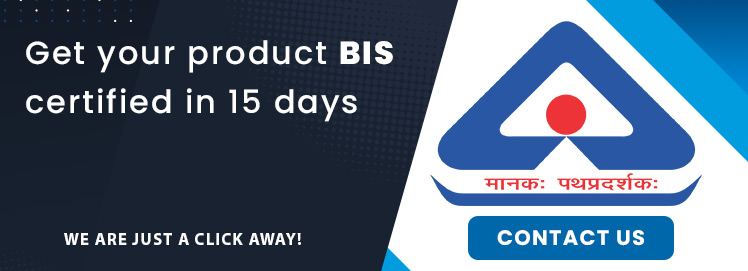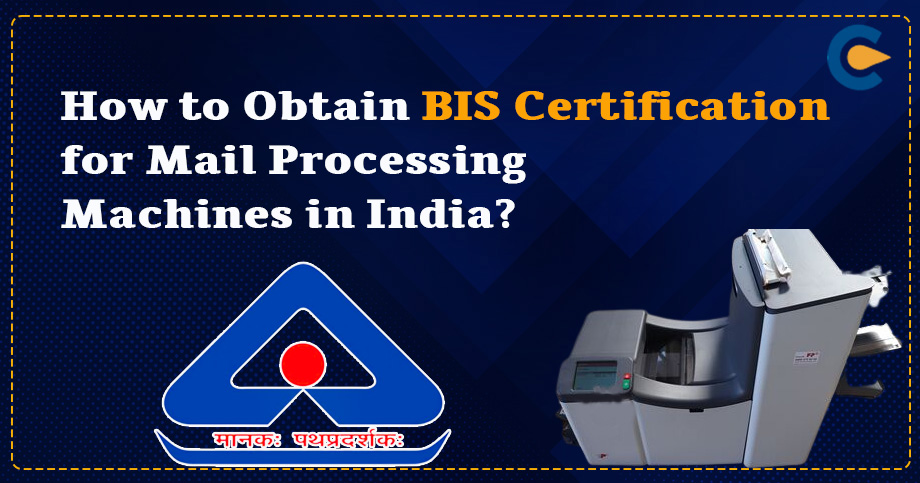Rubber hoses are referred to as hollow tubes utilized to transfer fluid or fluidized solids within a set pressure or temperature rating. Rubber hoses have rampant applicability, both in commercial and domestic spheres. Essentially, a rubber hose comprises three layers, with the inner layer made up of synthetic material. The inner tube entails various reinforcing layers encapsulated by an outer rubber cover. These layers amplify the overall durability of the rubber hose, making it last for months under tedious uses. Rubber hoses can be customized to fit various applications. The rubber hose’s cost primarily depends on factors like the types of material being used for manufacturing, operating pressure and temperature range, applicability, and the overall length. The production or selling of rubber hose is not possible without a proper ISI marking. Thus, all the manufacturers need to secure BIS ISI certification for Rubber hoses without fail. This write-up will make you accustomed to all the legalities around the ISI scheme and process.
Note: Rubber hoses that are primarily used for carrying LPG fall under the compulsory marking scheme of BIS. The rest of the rubber hoses can be voluntarily registered under this scheme after fulfilling the applicable IS standards.
List of Indian Standards Governing the production and quality of different rubber hoses
There are a couple of Indian standards that govern the manufacturing of different types of rubber hoses. Some of these includes:
- BS 5119 1980 Standards for general-purpose rubber water hoses
- IS 7573 1976- Standards for wire reinforced rubber covered hydraulic hose
- IS 8164 -Standards for rubber hose for oil suction and discharge services (Dock and offshore operations)
- IS 445 1964 -Standards for water hose of rubber, low pressure
- IS 447 1964 -Standards for water hose of rubber, high pressure
- S 635 1962 -Standards for air hose of rubber, light duty, with woven
- IS 911 1963 -Standards for welding hose of rubber with woven textile
- IS 444 1968 -Methods concerning sampling & testing for rubber hoses.
- IS 7079 1973 -Standards for automotive hydraulic brake hose
Documentations for BIS ISI Certification for Rubber Hose
The common documents required to apply for BIS ISI Certification for rubber hose include;
- Business certification
- Factory license granted by the labour department
- Product quality certificate, if any.
- Test report of the product sample testing by the certified lab
- Detail about the manufacturing process
- List of in-house testing equipment
- List of Standards incorporated for production and quality
- Number of machines used for production
Procedure concerning BIS ISI certification for Rubber hose
The applicant seeking BIS ISI certification for Rubber hose must follow the given procedure carefully:
Step 1: Standard selection and online filing
The ISI mark certification process begins with standard selection and online filing. After signing up on the BIS portal[1], head to the section that allows for standard selection. Once you select the apt standard as per your product, proceed to complete the e-form filing formalities. This e-form serves as an intimation for BIS that the applicant is willing to register their product under the ISI mark scheme.
Step 2: On-site inspection and sample selection
Post receiving the intimation via e-form, BIS will soon send its officials to the concerned premises to conduct the compliance checks. During the inspection, the official will pick up some samples and dispatch them to the BIS lab or certified facility for testing. The lab takes the following elements into account for product testing;
(i) Construction
(ii) Dimensions
(iii) Tensile Strength & Elongation at break
(iv) Proof of Pressure
(v) Change in length at proof pressure
(vi) Minimum burst pressure
(vii) Adhesion between components
Step 3: Test report generation and intimation
Once the lab completes the testing requirements, the applicant will be intimated for report collection via registered contact details. The applicant needs to gather the report and share it with the BIS as promptly as possible since the test report adheres to a limited validity period.
Step 4: Report vetting and registration grant
If the BIS officials do not find any loophole or non-compliance in the testing report, the applicant will get the approval to use the ISI mark on their products. The ISI logo adheres to standard font and size, which should not be compromised during the labelling process. Any non-conformity can incur penalties for the manufacturer.
Key points to ponder concerning BIS ISI certification for Rubber hoses
- Rubber hoses that are utilized for carrying LPG fall under the compulsory marking scheme of BIS.
- Applicants must undergo standard identification before addressing the filling formalities.
- During report collection, make sure that the testing report adheres to the standard format as recommended by the BIS.
- Any non-compliance identified during the registration phase will be shared with the applicant via registered contact details. The applicant will get ample time to fix any non-conformity pointed out by the BIS officials.
- The applicant must adhere to the authority’s standard timeline, be it a matter of fixing non-conformity or uploading the testing report onto the portal.
- The testing report comes with limited validity. Thus, the applicant must share the report with authority on time to avert any chance of rejection.
Conclusion
BIS ISI certification for Rubber hoses attracts a myriad of compliances concerning production and quality. Adhering to these standards is a must-have requirement for every manufacturer seeking to secure this standard marking. It’s noteworthy that BIS would not accord the marking certification unless the selected samples pass the mandatory tests during the inspection phase.
Read Our Article:How to Get BIS Certificate for Rubber Products?













